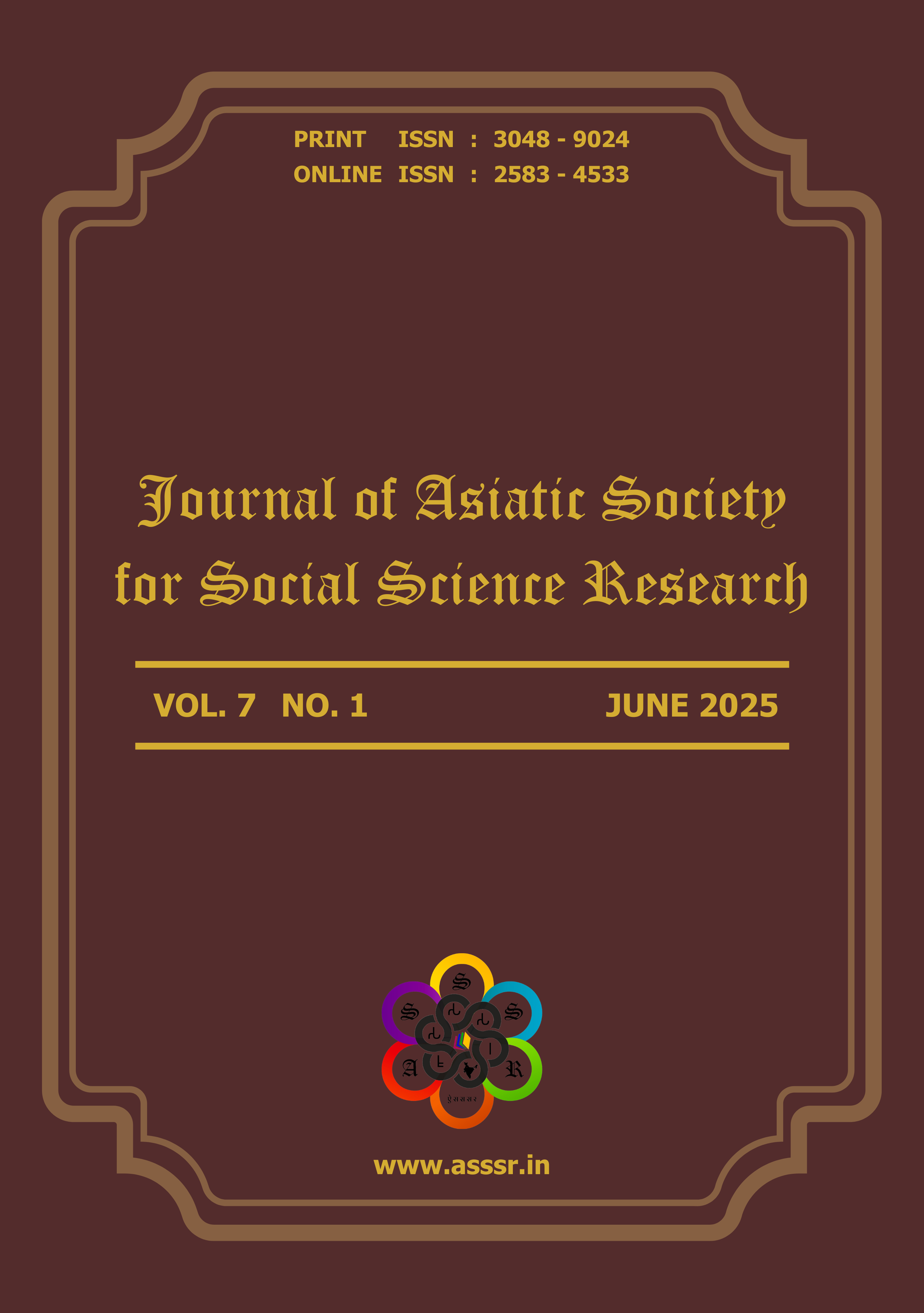Tripura
A Land of Composite Religious Culture
Keywords:
Tripura, Composite Religious, Sanskritisation, Tribal Religions, Manikya Dynasty, Kharchi Puja, Chaturdasa Devata, Ritual Syncretism, North East IndiaAbstract
Tripura’s religious landscape exemplifies how a small North‑East Indian state forged an enduring “composite culture” from layered waves of tribal traditions, Buddhism and diversified Brahmanism. Drawing on epigraphic evidence (copper‑plate grants, temple inscriptions, coin legends), court chronicles such as Rajmala, and recent ethnographic work among Tipra, Chakma, Reang and Bengali communities, the article traces three intertwined processes: (1) early Sanskritisation under the Manikya dynasty (7th–15th Centuries) that re‑inscribed indigenous deities (e.g., Chaturdasa Devata) into a Brahmanical frame while preserving autonomous tribal priesthoods; (2) recurrent immigration—from Mithila Brahmins to 20th Century Bengali refugees—that re‑seeded Hindu sects but also catalysed ritual hybridity, visible in Kharchi, Ker and Garia festivals where Vedic, Tantric and animist elements co‑habit; and (3) the parallel persistence of Buddhism (Pilak, Devtamura) and the negotiated incorporation of symbols within local cults. The study argues that Tripura’s polity deliberately institutionalised pluralism—as temple endowments, royal patronage and caste‑bending ritual roles (e.g., Tolua sacrificers at Tripura Sundari)—to stabilise frontier rule, producing a religio‑cultural palimpsest rather than a linear “conversion” narrative. By mapping how sacred geography, demographic shifts and statecraft interacted, the article contributes a nuanced case to South Asian debates on syncretism, acculturation and the politics of identity, demonstrating that composite religiosity can persist despite modern ethno‑political fissures.
Additional Files
Published
How to Cite
Issue
Section
License
Copyright (c) 2025 Journal of Asiatic Society for Social Science Research

This work is licensed under a Creative Commons Attribution-NonCommercial-NoDerivatives 4.0 International License.
All right reserved.


